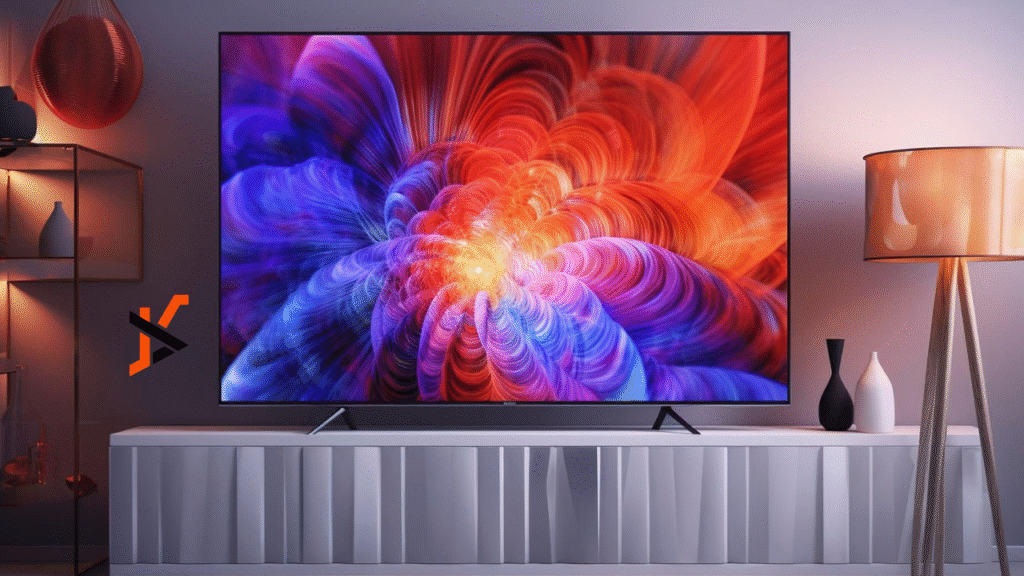Not long ago, “watching TV” meant sitting in front of a fixed screen at a fixed time, flipping through a limited number of channels. Then came the first wave of streaming with on-demand access to shows, films, and live events, freeing viewers from rigid schedules and cable boxes. What started as convenience has now grown into expectation.
Today, watching TV is no longer about one screen or one format. It’s about picking up your favorite series on the train, catching live sport while cooking, or revisiting a missed episode on your phone. This shift hasn’t happened by accident. Behind the scenes, television platforms like TVALB have been quietly evolving to meet these new habits, particularly for diaspora communities who want a legal and reliable way to watch Albanian TV live. And now, a fresh wave of innovation is reshaping what we think television can be.
Here are the most important changes driving the next phase of pay TV.
1. Seamless Hybrid Monetization
People want control over what they watch and how they pay for it. That’s why many platforms are moving beyond the one-size-fits-all subscription.
Some now offer a mix of options: classic monthly plans, free access with ads, or rentals for new releases. Even formerly ad-free giants like Netflix are testing low-cost, ad-supported tiers. Free ad-supported TV (FAST) and Pay TV are growing fast, too. Tubi, Pluto TV, and similar services offering TV shqiptar offer entire channel lineups at no cost. For platforms, it’s a way to reach a wider audience. For viewers, there’s more freedom to choose.
2. AI at the Heart of Engagement
We’ve all scrolled for too long trying to decide what to watch. That’s where intelligent recommendation systems come in, and they’ve improved a lot.
Rather than just suggesting “popular” titles, modern engines now learn from your habits: what you finish, what you skip, when you watch, even how long you hover over a thumbnail. This isn’t just about convenience. Better recommendations keep users engaged longer and help new or niche titles find an audience.
Platforms are also using smarter systems to control video quality and load times, making sure the stream doesn’t lag just when the action starts.
3. Real-Time Interactivity and Personalization
Watching TV is no longer just passive viewing. Real-time features, like voting during reality shows, live polls, and interactive trivia, transform viewers into participants. For sports and news, this means overlays like multilingual commentary, interactive stats, and shoppable content. Today’s viewers expect this level of responsiveness.
4. Cloud-Native Architectures and Middleware
Modern TV platforms rely on cloud-native middleware to scale globally and orchestrate features across devices. Thanks to hybrid cloud/on-prem setups, services can deploy swiftly, push updates without downtime, and optimize performance through orchestration tools. Middleware handles every step, from billing and DRM to recommendation engines and analytics.
5. Global Reach with Regional Flavor
TV and streaming giants are increasingly localizing not just content but entire experiences: regional catalogs, localized language tracks, and culturally relevant originals. In markets such as India, micro-dramas and startup-themed shows are tailored for regional audiences, while Europe’s niche TV providers cater to diasporas, like a service aiming to unite Albanian expatriates.
What Could Come Next?
These innovations are already reshaping customer behavior.. In 2024, 68% of TV consumption worldwide was via streaming. With global subscription growth projected at 15–16% annually, the shift toward streaming is irreversible.
- Extended Reality (XR): Early volumetric video and immersive formats could redefine storytelling.
- Edge-based streaming: MEC and edge caching may enable even lower latency for gaming and live events.
- Shoppable live content: Combining interactive commerce with live video will blur entertainment and retail.
Conclusion
Streaming platforms are evolving beyond “TV replacement” into fully adaptive ecosystems—tailored monetization, AI-enhanced personalization, interactive formats, and seamless tech architectures. As streaming becomes the dominant form of television by 2025, success will hinge on delivering a viewing experience that’s as flexible and culturally relevant as it is technically robust. This next generation of streaming is transforming how we experience television.

